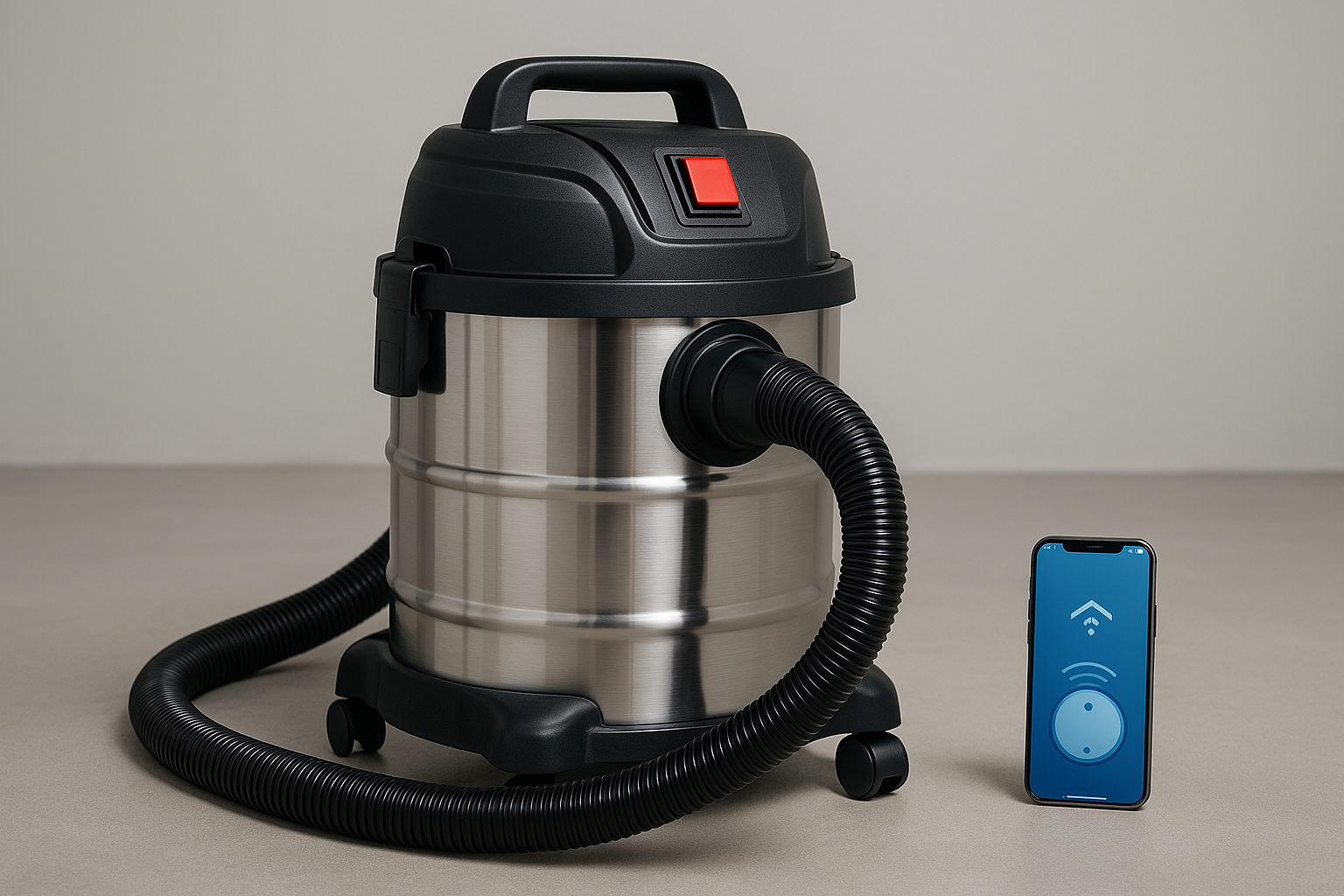The vacuum cleaner market is expanding globally, but so too are the complexities of handling returns. For distributors of Wet Dry Vacuum Cleaners and Cordless Vacuum Cleaner models, the biggest issue is the rising cost of reverse logistics. Unlike outbound shipments, returned goods often require inspection, repair, or disposal—each adding extra costs.
According to the National Retail Federation, return rates for home appliances can exceed 15% annually, with vacuum cleaners ranking among the most frequently returned small appliances. Distributors must often absorb these costs, especially when return policies are vague or overly generous.
In addition, product misuse is common. Customers sometimes return perfectly functional devices, such as Car Vacuum Cleaner units, simply because they were not used correctly. These unnecessary returns strain distributor resources, reduce profit margins, and complicate inventory management.
Warranty handling is another major pain point. Distributors often act as the first point of contact for customers, but they lack the technical expertise or spare parts needed to process warranty claims effectively.
For example, when a Li-ion Cordless Handheld Vacuum Cleaner battery fails prematurely, distributors may need to ship the unit back to manufacturers for verification. This creates long wait times for customers, undermining satisfaction. As the Better Business Bureau notes, unresolved warranty issues are one of the leading causes of customer complaints in the small appliance sector.
To stay competitive, distributors must balance between enforcing manufacturer policies and maintaining strong customer relationships. Some have started offering extended warranties on quiet vacuum cleaner models to improve service credibility. However, this also exposes them to additional risk if the product fails outside manufacturer guidelines.
Another challenge is the lack of alignment between manufacturers and distributors regarding after-market responsibilities. Manufacturers often push warranty obligations downstream, expecting distributors to resolve customer complaints without adequate support.
This disconnect is particularly problematic with advanced models like the 4 in 1 Cordless Smart Wet & Dry Vacuum Cleaner, which may require specialized knowledge for repair. Without proper training or spare part availability, distributors are forced to either replace entire units or face dissatisfied customers.
Research by McKinsey & Company highlights that supply chain misalignments increase after-market costs by up to 25%. For distributors already dealing with narrow margins, these added pressures threaten long-term viability.
Addressing these pain points requires better collaboration and technology integration. IoT-enabled vacuums with built-in diagnostics could reduce unnecessary returns by distinguishing genuine faults from user errors. Predictive analytics can also help distributors forecast part demand, minimizing stockouts and delays.
Furthermore, modular design—such as replaceable battery packs in cordless handheld vacuums—can empower distributors to resolve issues locally without full product replacements. This approach not only reduces costs but also aligns with sustainability goals by cutting e-waste.
Manufacturers who equip distributors with training, technical manuals, and spare parts kits will also see higher customer satisfaction. Some leading brands are experimenting with centralized platforms where distributors can log warranty claims and track resolutions in real time, streamlining communication and accountability.
Finally, innovative product development continues to play a role. Manufacturers are now introducing advanced models that combine a high suction yet portable design, stay quiet while offering self-cleaning capabilities, include multi-functional and durable features, run fast but remain lightweight, conserve energy while staying efficient, and ultimately provide powerful and reliable performance as a large-capacity wet dry vacuum cleaner. Such durability reduces failure rates and, consequently, after-market burdens on distributors.
Distributors are essential to the success of the vacuum cleaner industry, but after-market challenges such as high return rates, warranty disputes, and supply chain misalignments threaten profitability. By adopting smarter technology, modular design, and stronger manufacturer partnerships, distributors can mitigate these pain points and improve overall service delivery.
Future-ready solutions, including predictive-enabled wet dry vacuum systems and modular quiet vacuum cleaner units, will reshape the distributor’s role from reactive service handler to proactive customer partner.
For more insights into effective after-market strategies and sustainable product solutions, visit www.lxvacuum.com.

















